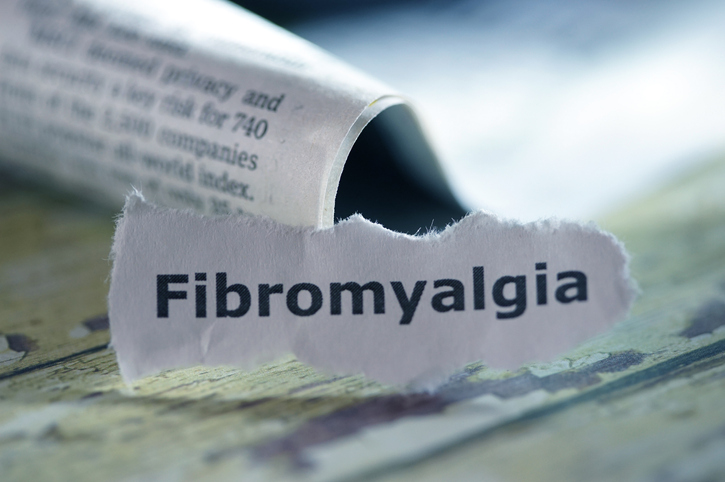Pain
At-Home Treatments for Fibromyalgia

133 people found this helpful
Print
Share
Save
What is fibromyalgia?
Fibromyalgia is a chronic pain syndrome that involves widespread muscle pain (myalgias) and joint pain (arthralgias). In addition to pain, fibromyalgia is frequently accompanied by additional symptoms, including fatigue, cognitive impairment/brain fog, headaches, depression, anxiety and insomnia.
At-home treatments
In addition to conventional medical treatments for fibromyalgia, various at-home treatments can also help manage fibromyalgia symptoms.
- Over-the-counter medications
Over-the-counter pain relievers, such as aspirin, ibuprofen, and naproxen sodium, may help reduce muscle aches. - Yoga
Practicing yoga can improve muscle strength and promote relaxation. Studies show that people with fibromyalgia that participate in yoga experience an improvement in mood, pain and fatigue. Yoga involves a combination of gentle poses, meditation, and breathing exercises. - Physical activity
Walking, biking and swimming increase the brain’s production of endorphins, improve sleep quality, and reduce symptoms of depression and anxiety. - Mindfulness
Mindfulness is the practice of focusing on the present moment. It promotes relaxation and encourages self-care. Mindfulness can inhibit the central nervous system’s perception of pain and reduce distressing thoughts and feelings associated with pain. - Diet and nutrition
Limiting consumption of unhealthy foods can improve body function and reduce pain levels. Eating a diet balanced of fruits, vegetables, whole grains, low-fat dairy, healthy oils, legumes, and low-fat protein is beneficial for many individuals with fibromyalgia. Carbohydrates and fatty, sugary and processed foods may contribute to brain fog. Some people with fibromyalgia notice dramatic improvement with a low-carb or keto diet.


















